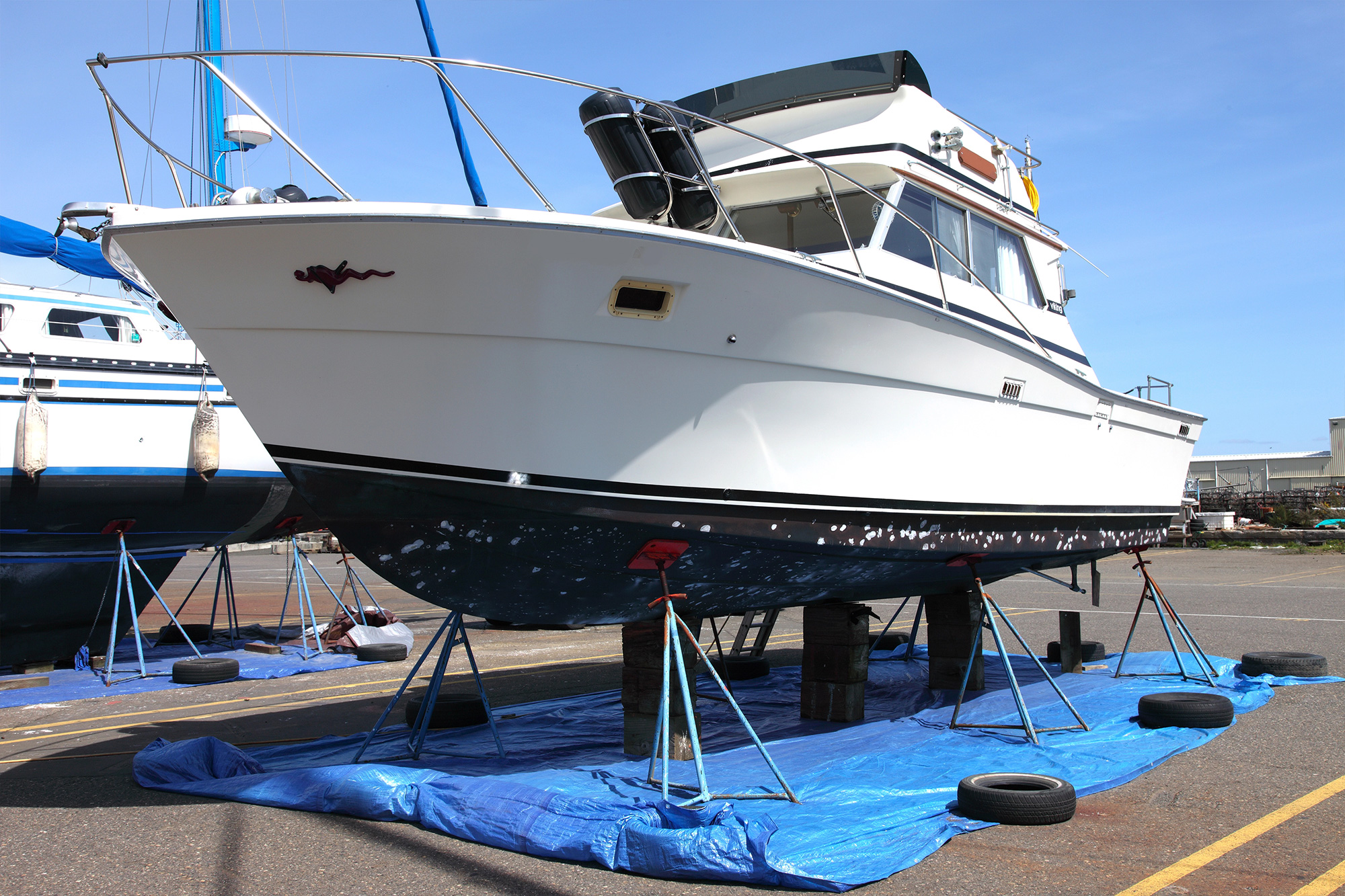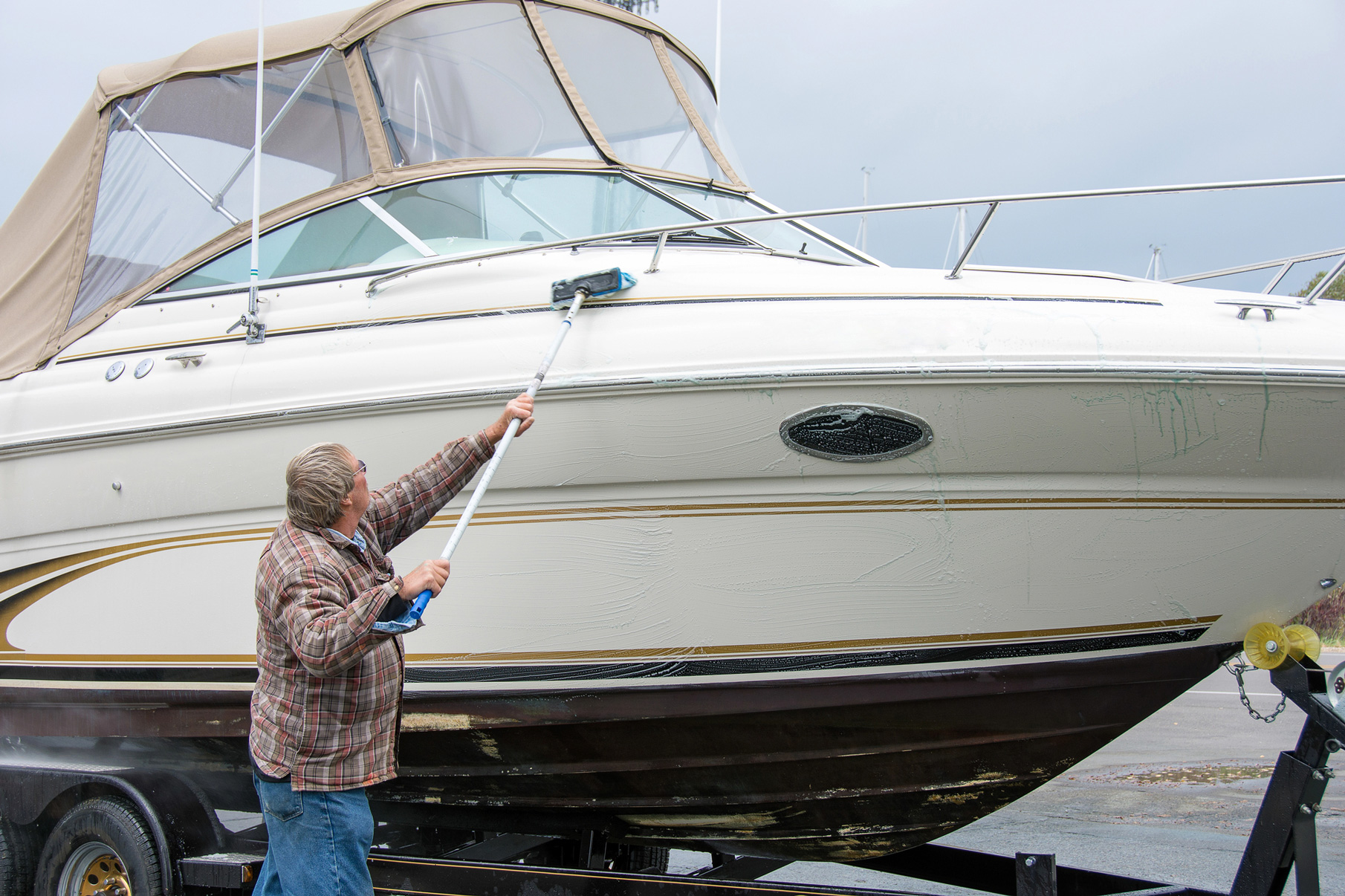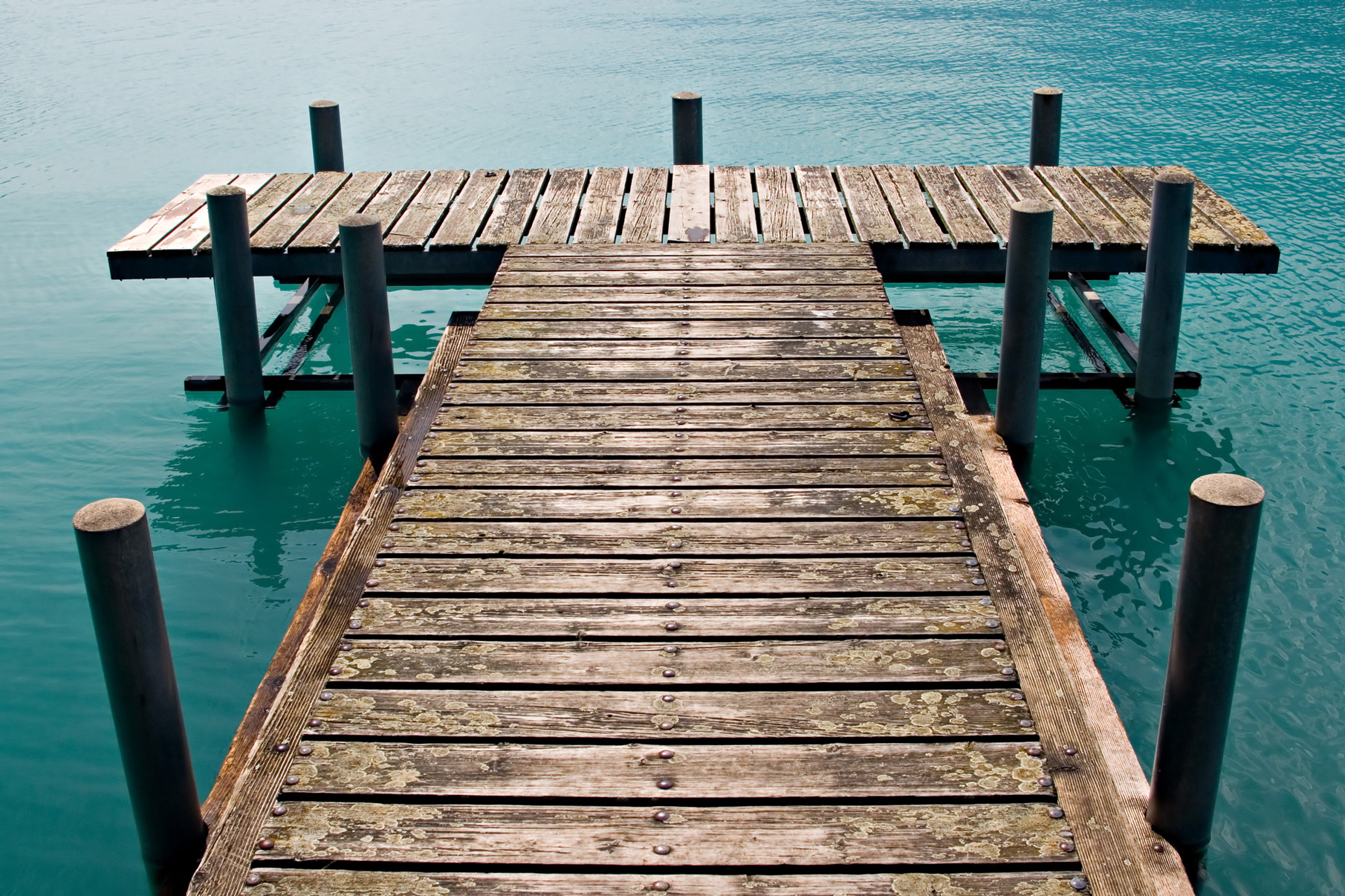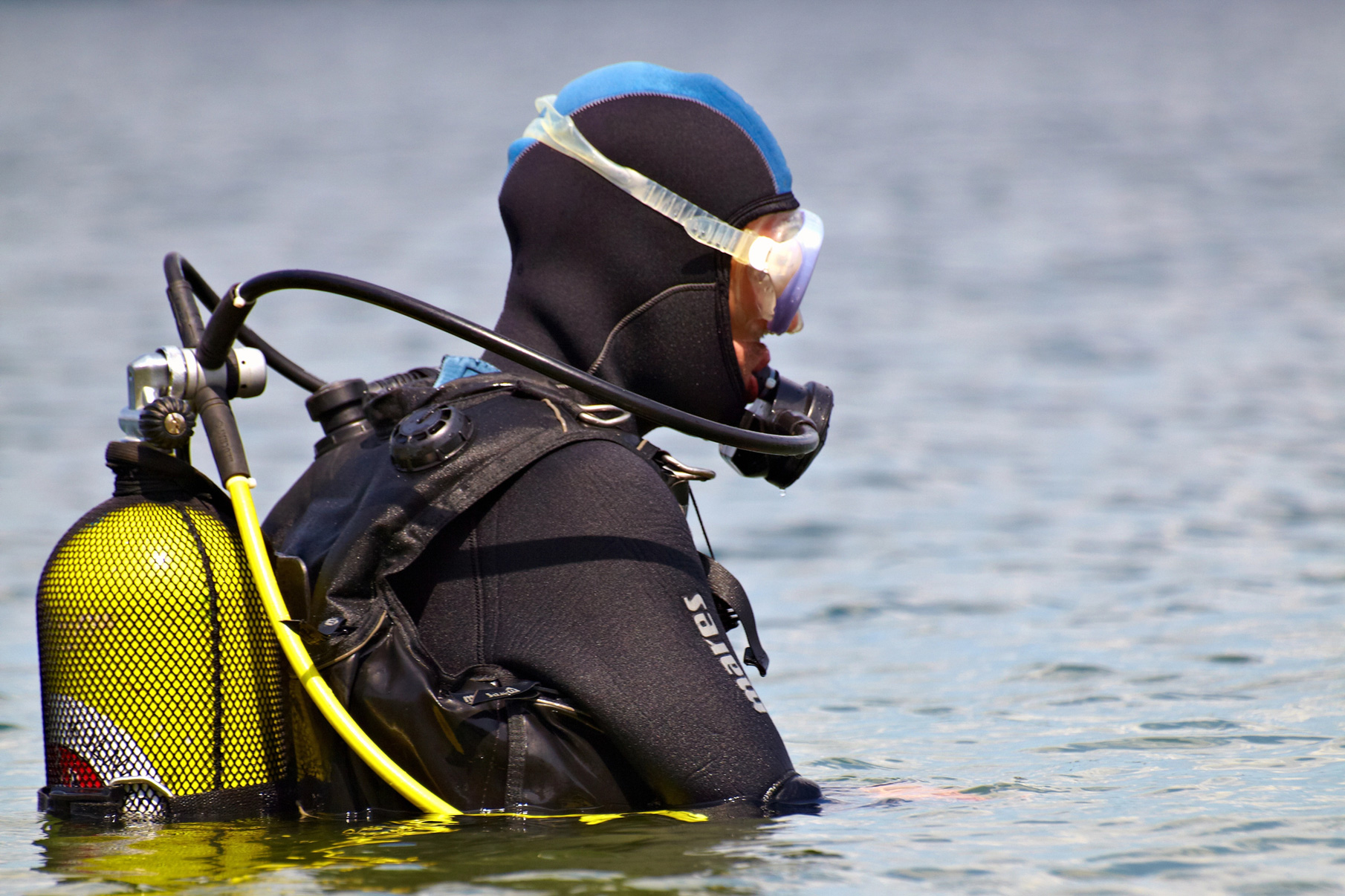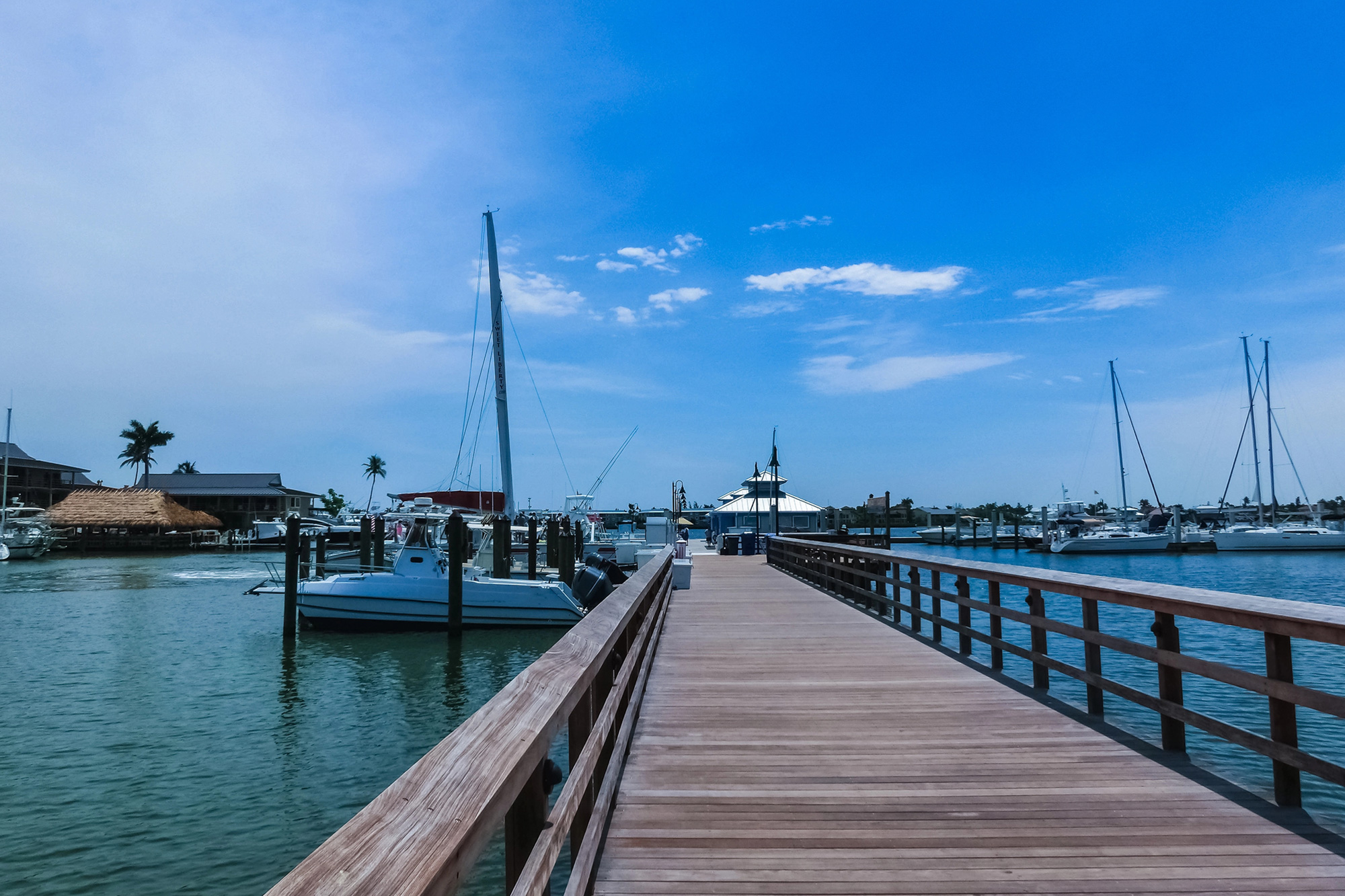If you own a waterfront property or a boat dock, you know how vital it is to maintain the integrity of the dock’s foundation. One of the most important aspects of a dock’s foundation is the pilings. Installing dock pilings ensures your dock remains stable and secure for years to come.
Pilings are the structural backbone of your dock, providing the necessary support to keep it anchored to the ground. In this blog post, we’ll take you through the process of installing dock pilings, why it’s important, and how dock piling wraps play a role in protecting your investment.
What Are Dock Pilings?
Dock pilings are long vertical posts that are driven into the waterbed to support a dock or a pier. They act as anchors for the dock structure, holding it in place and preventing it from shifting or sinking. Pilings can be made from a variety of materials, including wood, steel, concrete, or composite materials.
The type of piling used depends on factors such as the water conditions, the size and weight of the dock, and the desired lifespan of the structure.
While pilings are designed to withstand the elements, they do need protection from the harsh conditions of the water. This is where dock piling wraps come into play, helping to shield the pilings from the damaging effects of water, marine growth, and corrosion.
Why Are Dock Pilings Important?
Dock pilings serve several important functions. First and foremost, they provide stability to your dock. Without strong and well-installed pilings, your dock could shift, tilt, or even collapse over time.
Pilings also help maintain the elevation of your dock above the waterline, ensuring that it remains safe and accessible. For docks that experience significant boat traffic or harsh weather conditions, strong pilings are even more important.
In addition to providing stability, dock pilings are also responsible for distributing the weight of the dock and any boats or equipment resting on it.
Pilings ensure that the dock remains level and does not sink or tilt under the weight it is carrying. Without properly installed pilings, the structural integrity of your entire dock could be compromised, requiring repairs or replacements.
The Process of Installing Dock Pilings
Step One: Site Assessment
Before installing dock pilings, the first step is to conduct a thorough site assessment. A professional team will evaluate the water depth, the type of soil or sediment at the bottom of the water, and other environmental factors that might affect the installation process.
During this phase, they will determine the type and length of the pilings needed for your dock, based on the specifics of your location and dock design.
The site assessment also helps determine whether there are any obstacles or underwater hazards, such as rocks, that could interfere with the piling installation process. If there are any obstructions, they may need to be cleared before work can begin.
Step Two: Selecting the Right Pilings
Once the site assessment is complete, the next step is selecting the right pilings for your dock. The material and size of the pilings depend on factors such as the local water conditions, the load-bearing requirements of your dock, and the longevity you desire.
For example, wooden pilings are a common choice for shallow water areas, while concrete or steel pilings are better suited for deeper or more corrosive environments.
For wooden pilings, pressure-treated lumber is typically used to ensure the pilings are resistant to rot and decay. Steel and concrete pilings are often coated with corrosion-resistant materials to help them withstand the harsh effects of saltwater.
In some cases, composite pilings, made from recycled plastic or fiberglass, may be used for their durability and resistance to corrosion.
Step Three: Driving the Pilings Into the Ground
Once the pilings have been selected, the next step is to install them by driving them into the ground. This process is typically done using a piling driver, a machine that uses a hydraulic hammer to drive the pilings deep into the waterbed.
The pilings must be driven to a sufficient depth to provide adequate support for the dock, and the driver ensures that they are placed at the proper angle.
The depth at which the pilings are installed depends on the water depth and the type of substrate at the bottom. For example, in soft or sandy soil, pilings may need to be driven deeper to reach a solid base. Conversely, in rocky or compacted soil, the pilings may only need to be driven a short distance.
Step Four: Securing the Pilings
After the pilings are installed, they are secured in place to ensure the stability of the dock. This may involve attaching the pilings to the dock’s main structure using steel brackets or other fastening systems. The pilings are checked for proper alignment and level to ensure that the dock is stable and will not shift over time.
This step also includes ensuring that the pilings are driven to the correct depth and are not at risk of shifting due to currents or weather conditions.
Step Five: Adding Dock Piling Wraps
One of the most important steps in the installation process is protecting the pilings from damage. Dock piling wraps are a protective covering that shields the pilings from marine growth, water exposure, and physical wear. The wraps are made from durable, marine-grade materials that resist UV rays, saltwater, and other corrosive elements.
Applying dock piling wraps helps extend the life of the pilings by preventing rot, corrosion, and damage from marine organisms like barnacles and mussels.
The wraps also help maintain the structural integrity of the pilings by keeping them protected from the abrasive effects of moving water. Professional dock and piling services, such as the installation of piling wraps, help to protect your dock investment.
Benefits of Installing Dock Pilings
Increased Stability and Durability
The most obvious benefit of installing dock pilings is the enhanced stability of your dock. Pilings act as the foundation of your dock, keeping it level and securely anchored in place. This is especially important for docks that are exposed to strong currents, tides, and waves.
Protection from Marine Growth
Dock piling wraps help prevent marine growth from accumulating on the pilings, which can reduce the risk of deterioration and improve the overall lifespan of the dock. Without wraps, marine growth can build up on the pilings, adding unnecessary weight and pressure, which can weaken the structure.
Longevity
Properly installed pilings and protective wraps can significantly extend the life of your dock. When you prevent damage from water exposure, marine growth, and other environmental factors, you reduce the need for frequent repairs or replacements. The investment in pilings and wraps ultimately saves you money over time.
Are you looking to install new dock pilings or need dock piling services for your existing structure? At Hull 2 Prop, we offer comprehensive piling services, including installation, maintenance, and the application of dock piling wraps to protect your investment. Contact us today to schedule a consultation or learn more about the areas we serve.


